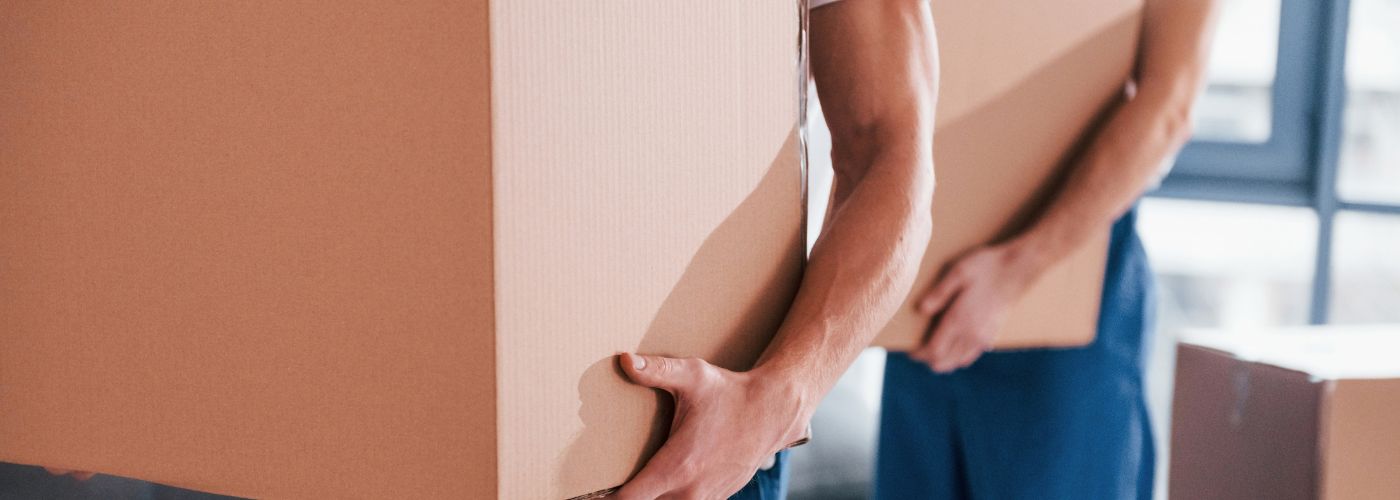Moving to a new home can feel like embarking on an exciting adventure, but it often comes tangled in the stress of logistics and heavy lifting. Many people are often at a crossroads between DIY moving vs professional movers. We’ll be going over the differences between the two to determine which one is right for you!
Differences Between DIY Moving vs Professional Movers
When weighing the pros and cons of DIY moving versus hiring professional local movers, one key difference lies in the emotional toll each approach may take. While a DIY move can evoke a sense of adventure and accomplishment, it often comes with unpredictable stress levels that can strain relationships.
Juggling logistics—like renting trucks, figuring out packing materials, and coordinating help—can quickly become overwhelming. Conversely, professional movers offer peace of mind; they handle everything from heavy lifting to intricate packing techniques. This not only reduces physical labor but also significantly lessens anxiety on moving day!
Additionally, assessing the financial implications reveals another layer to the decision-making process. At first glance, a DIY move might seem more budget-friendly with potential cost savings on labor; however, hidden expenses like truck rental fees and fuel can add up quickly.
Pros of DIY Moving
One of the standout benefits of DIY moving is the level of control it grants over your move. You can create a timeline that aligns perfectly with your schedule, allowing you to pack and load at your own pace rather than being bound by a professional mover’s itinerary.

This flexibility means you can dedicate time to sorting through belongings, identifying items to donate or sell, and minimizing clutter before the big day — an often overlooked but rewarding part of moving.
Additionally, taking on the logistics yourself can lead to significant financial savings. Without the costs associated with hiring a full-service moving company, you have more freedom in allocating your budget toward other priorities, such as new furniture or home improvements in your new space.
These are some of the many benefits of DIY moving vs professional movers.
Cons of DIY Moving
While DIY moving might seem like a cost-effective and appealing choice, it often brings unforeseen issues. One major drawback is the sheer physical toll it takes on individuals. Lugging heavy boxes and furniture can lead to injuries or strains, particularly if you’re not accustomed to heavy lifting.
This strain not only impacts your well-being but can also turn moving day into a stressful ordeal rather than a fun adventure.
Moreover, the time commitment required for planning and executing a DIY move is often underestimated. From gathering packing supplies to organizing logistics for transportation, every detail demands attention, which can be overwhelming amidst an already busy schedule.
There’s also the risk of underestimating how much help you need incase that your friends bail last minute. Without professional support, unexpected hurdles—like navigating tight staircases or challenging parking scenarios—can result in delays and frustrations.
These are some of the cons of DIY moving vs professional movers.
Benefits of Hiring Professional Movers
One of the most significant advantages of hiring professional movers is the peace of mind it brings during a notoriously stressful time. Professionals are trained to handle all aspects of moving, from packing services to navigating tight staircases and doorways without causing damage.

This expertise not only alleviates physical strain but also liberates you from logistical headaches, allowing you to focus on other critical aspects of your transition.
Additionally, professional movers often utilize specialized equipment and materials that ensure safety for both your belongings and themselves. This means no more worrying about how to lift heavy furniture or protect fragile objects.
Professional movers come equipped with dollies, straps, and high-quality packing supplies designed specifically for those challenges. Not only does this save time during a busy move, but it also minimizes the risk of accidents that could lead to injury or loss.
Negatives of Hiring Professional Movers
Professional moving services often come with hefty price tags, influenced by factors such as distance, volume, and specific services requested. This financial burden can have buyer’s remorse if the move doesn’t go as smoothly as anticipated or if hidden fees arise.
Additionally, entrusting your belongings to strangers can lead to anxiety over potential damage or loss. While reputable companies have insurance and protocols in place, there’s always an element of risk involved—particularly when considering sentimental items that cannot be easily replaced.
Moreover, the lack of personal involvement in the packing and organizing process might leave you feeling disconnected from your relocation experience. You might find yourself reminiscing about the memories contained within your possessions while others are handling them without knowing their significance.
Minimizing Damage Between DIY and Professional Movers
When it comes to minimizing damage during a move, preparation is key. One often-overlooked aspect is the use of specialized packing materials that go beyond standard bubble wrap and cardboard boxes.
For instance, investing in furniture blankets can offer unexpected cushioning for your larger items, while stretch film not only secures smaller pieces but also protects against moisture and dirt during transit.
Additionally, consider utilizing wardrobe boxes with built-in hangers to keep clothing wrinkle-free—this not only saves time but preserves the integrity of your fabric items.
Another innovative strategy involves leveraging technology in your moving process. Use inventory apps to catalog your moving checklist before packing; this not only ensures a well-organized move but makes tracking potential damages or losses easier if they occur.


